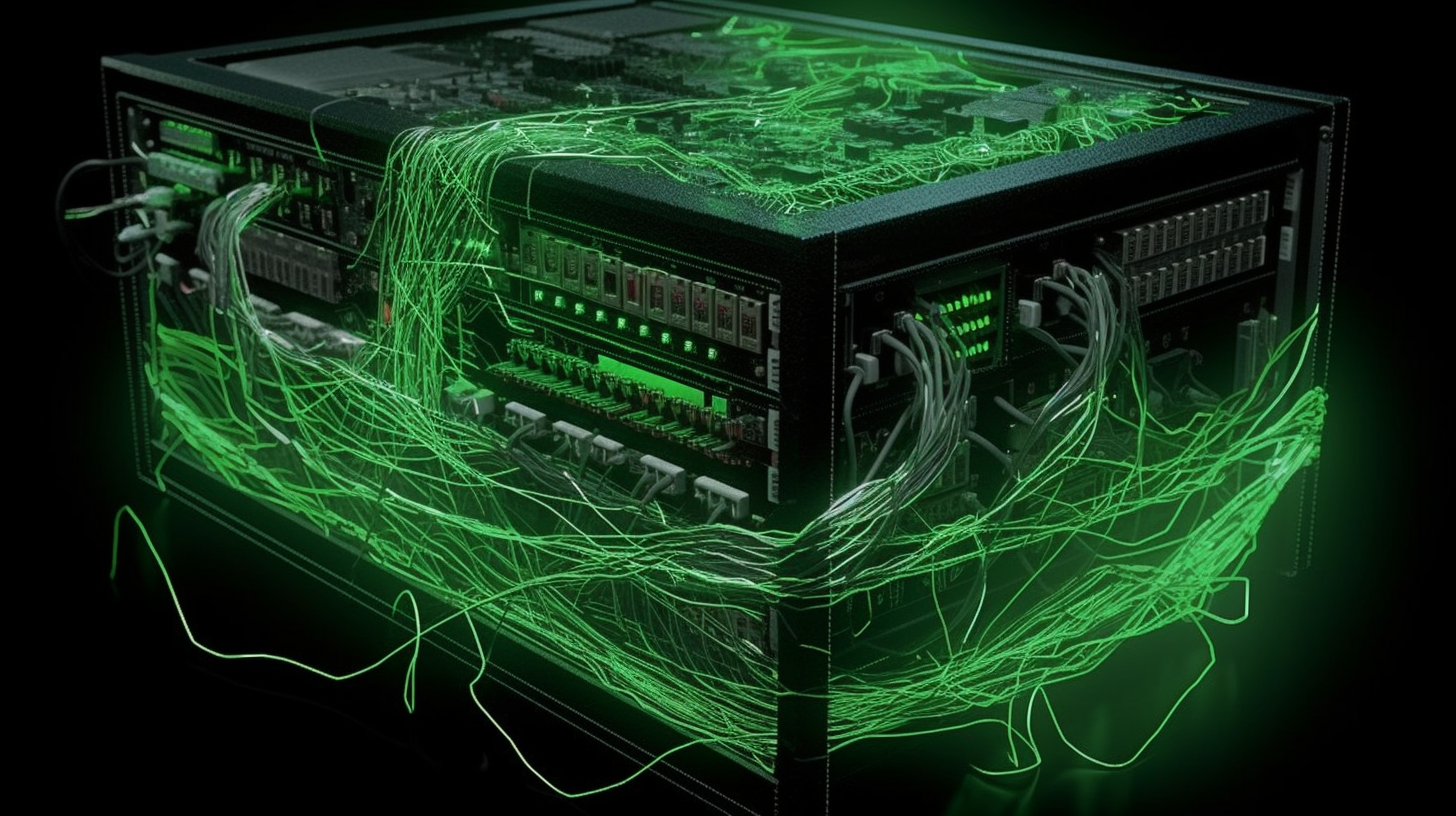Unraveling the Art of Configuring Basic Switch Management for the CCNA 200-301 Exam

Tackling the CCNA 200-301 exam calls for an intimate understanding of a broad array of topics, one of which is 'Configuring Basic Switch Management.' Ah, the switch! The unsung hero of our modern connectivity era. Delivering our Netflix binges and YouTube cat video compilations with such unflappable resolve. However, getting to know and managing these critical devices isn't a piece of cake. So, strap on your seatbelts, folks! We're going on a wild ride through the world of switch management.
Understanding Switch Management Basics
At a glance, managing a switch may seem as complex as rocket science. But hey, don't run for the hills just yet! Like any technological beast, it can be tamed with a little patience, coffee, and a solid study plan. Let me put it this way; managing a switch is really all about configuring the settings to ensure it functions efficiently within a specific network. It's like setting up a new smartphone - you need to enter the correct settings for it to perform optimally.
First off, you must grasp how to connect to the switch console. Console? Yep, not to be mistaken with those gaming gizmos, it's the interface you use to communicate with the switch. Now, remember this golden rule: always, and I mean 'always,' set a strong password. It's your first line of defense against uninvited guests!
The in-depth academic look at VLAN and Trunking
Delving into the academic side of things, VLAN or Virtual Local Area Network is a critical concept. This organizational method allows switches to segregate network traffic effectively. Imagine working in an office where everyone is shouting at once. Not exactly conducive for understanding, right? VLANs work by reducing 'noise' in the form of data traffic, that might interfere with network performance.
Next, comes trunking. The word trunk incites images of elephants or gigantic trees, but in switch management, trunking is a process that allows multiple VLANs to communicate via a single link. It's efficiency at its finest; a modern marvel of data communication, allowing streamlined, improved network performance.
Statistics on Switch Management and Performance
Now, you're probably asking, 'But why does all this matter?' Well, let's dip our toes into some numbers. According to a recent study by Cisco, poorly managed switches can result in a staggering 60% reduction in network efficiency. That's the equivalent of a Ferrari running at the pace of a sloth - not a pretty sight!
Not only that but the cost of network downtime? Brace yourself - an average of $5,600 per minute according to Gartner research, soaring as high as $540,000 in extreme cases. Just imagine the deep hole that would burn in your pocket! Simply put, understanding how to manage a switch smoothly can save companies a fortune.
So, there you have it, folks! From the basic blocking and tackling of connecting to the switch console, to the academia of VLANs and Trunking, and the hair-raising numbers of poor switch management. It's clear that understanding how to configure basic switch management is a critical skill for any aspiring network engineer. And hey, who knows, the future of global connectivity could be in your hands!